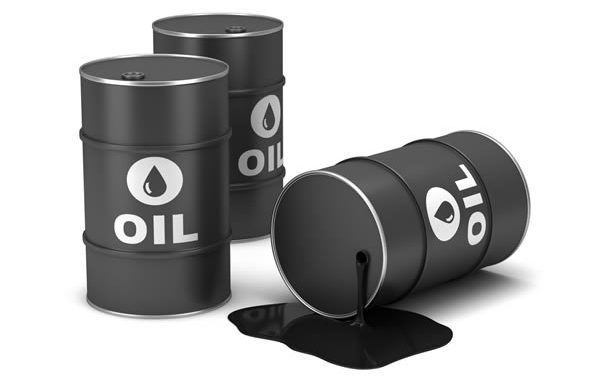
* Six-day bull-run is longest since April
* U.S. weekly production falls most in nearly one year – EIA
* Oil to continue trading near $45/barrel – Goldman Sachs (Adds analyst comment, updates prices)
By Karolin Schaps
LONDON, June 29 (Reuters) – Oil prices rose to a two-week high on Thursday, extending a rally into a sixth straight session after a decline in weekly U.S. production eased concerns about deepening oversupply.
Crude prices slipped to the lowest in 10 months last week but have since rebounded more than 7 percent, stretching their bull-run to the longest since April.
Global benchmark Brent crude futures were up 35 cents at $47.66 a barrel at 1058 GMT, having touched a two-week high of $47.83 earlier in the session.
U.S. West Texas Intermediate (WTI) crude was up 33 cents at $45.07 a barrel. It registered an intraday high of $45.24, also a two-week peak.
“After the steep drop in oil prices of recent weeks, I believe that especially hedge funds saw nice buying momentum and lower U.S. crude production was the trigger to act,” said Hans van Cleef, senior energy economist at ABN Amro.
U.S. government data showed on Wednesday that domestic crude production dropped by 100,000 barrels per day (bpd) to 9.3 million bpd last week, the steepest weekly fall since July 2016.
Some analysts and traders said the decline was related to temporary factors such as the shutdown of some oil production sites due to Tropical Storm Cindy in the Gulf of Mexico and maintenance in Alaska.
“These production outages are therefore likely to be made good again in the coming weeks, meaning that a noticeable rise in U.S. oil production can be expected. It is thus doubtful whether (the) price rise will really prove lasting,” said analysts at Commerzbank.
Global oil supplies remain ample despite output cuts by the Organization of the Petroleum Exporting Countries and other producers of 1.8 million bpd since January.
OPEC and its allies, trying to reduce a crude glut, agreed in May to extend the supply cut through March 2018. OPEC has exempted Nigeria and Libya from the curbs due to unrest that has sapped those countries’ production.
Royal Dutch Shell on Wednesday lifted force majeure on Nigerian Bonny Light crude exports after pipeline repairs.
Analysts at investment bank Goldman Sachs said rising Nigerian and Libyan output, as well as a rise in U.S. shale oil drilling, would slow the drawdown in crude inventories.
“This creates risks that the normalisation in inventories will not be achieved by the time the OPEC cut ends next March. We expect this will leave prices trading near $45 (a barrel) until there is evidence of a decline in the U.S. horizontal oil rig count, sustained stock draws or additional OPEC production cuts,” they wrote. (Additional reporting by Naveen Thukral in Singapore; Editing by Dale Hudson and Edmund Blair)